I recently attended and enjoyed an exhibition about the life and music of John Lennon and the Beatles at the Seoul Arts Center. However—and I am afraid I will sound like an insufferable snob here—I learned little since I lived through the Beatles era in the United States, have read numerous books about them and have written three stories on them. I know of their early days in Liverpool, so-called 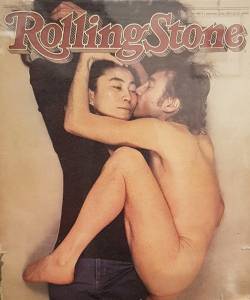 Beatlemania, Sgt. Pepper’s Lonely Hearts Club Band, their shenanigans with the Maharishi in India, their breakup in 1970, Lennon’s romance with Yoko Ono, his 1980 murder at the hands of a deranged fan named Mark David Chapman in New York City and his virtual sanctification since then.
Beatlemania, Sgt. Pepper’s Lonely Hearts Club Band, their shenanigans with the Maharishi in India, their breakup in 1970, Lennon’s romance with Yoko Ono, his 1980 murder at the hands of a deranged fan named Mark David Chapman in New York City and his virtual sanctification since then.
The organizers of this exhibition must be happy because the place was full. While Lennon has been gone a long time, he seems to have many admirers here even now.
The Beatles gave live performances in virtually every city in the UK, in Hamburg, in Paris, in Copenhagen, in Milwaukee, in Toronto, in Melbourne, in Wellington and in a great many other places. Did John, Paul, George and Ringo ever rock out in Asia? Indeed they did—in Hong Kong, in Tokyo and in Manila. Seoul, however, 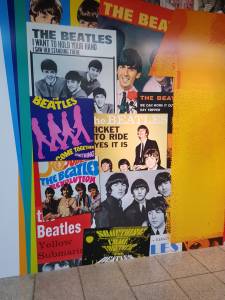 was not on their itinerary. What follows is a summary of what happened in their three stops in Asia and a bit of speculation about why they skipped Korea.
was not on their itinerary. What follows is a summary of what happened in their three stops in Asia and a bit of speculation about why they skipped Korea.
The Beatles gave two shows in Hong Kong (then still a British colony) on June 9 and 10, 1964 at the Princess Theatre in Kowloon. They got a rapturous reception and are said to have sparked a local pop music boom. Demand for rock & roll records went up, and many local bands started to imitate the Fab Four’s long hair, and how they sang and played. Other British and American groups were soon scheduling concerts in Hong Kong.
More than two years passed before they returned to this part of the world. Between June 30 and July 2, 1966, the Beatles played five shows at Nippon Budokan in Tokyo. This facility, which was built for judo 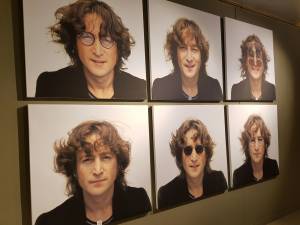 competition in the 1964 Summer Olympics, would seem to be neutral. But it is close to the Imperial Palace and Nakasuni Shrine, and so right-wing nationalists were angered about having it defiled by the Beatles. Security was omnipresent because of death threats made against them. Some 30,000 police and fire brigade personnel were mobilized to ensure the group’s safety. The five shows went off without incident, and Japanese press reports were highly favorable.
competition in the 1964 Summer Olympics, would seem to be neutral. But it is close to the Imperial Palace and Nakasuni Shrine, and so right-wing nationalists were angered about having it defiled by the Beatles. Security was omnipresent because of death threats made against them. Some 30,000 police and fire brigade personnel were mobilized to ensure the group’s safety. The five shows went off without incident, and Japanese press reports were highly favorable.
From there, it was on to Manila where Ferdinand Marcos had recently taken power. Proceedings got off to a bad start when Lennon et al. were hustled into a car by gun-bearing men in civilian clothes. Separated from their baggage (including a stash of marijuana) and manager Brian Epstein, they were forced to attend a party on a rich man’s luxury yacht. On July 4, afternoon and evening shows were scheduled for Rizal Memorial Stadium. But pressure was put on them to first meet with Marcos and his wife Imelda at Malacañang Palace. They, and Epstein, declined and soon came to regret it. The two concerts, before a total of 80,000 fans, were well received. However, the government-controlled media stridently announced that the 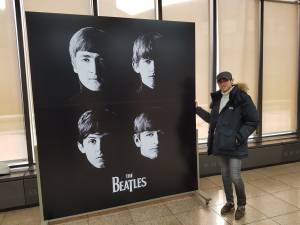 Beatles had snubbed the president and his family, so every obstacle was put in their way over the next 24 hours. VIP courtesies and privileges (to which the Beatles had become accustomed) vanished as they were harassed, jostled, beaten and kicked most of the way to their hotel and then on to Manila International Airport. Safely back in London, Lennon gave an interview in which he said he would “never go to any nuthouses again.” Harrison said he would gladly return to the Philippines—but only to drop a bomb on it. For this reason and others, the Beatles decided that their August 1966 American tour would be their last.
Beatles had snubbed the president and his family, so every obstacle was put in their way over the next 24 hours. VIP courtesies and privileges (to which the Beatles had become accustomed) vanished as they were harassed, jostled, beaten and kicked most of the way to their hotel and then on to Manila International Airport. Safely back in London, Lennon gave an interview in which he said he would “never go to any nuthouses again.” Harrison said he would gladly return to the Philippines—but only to drop a bomb on it. For this reason and others, the Beatles decided that their August 1966 American tour would be their last.
What, then, of Seoul? There is nothing to indicate that the Beatles ever considered putting on a show in the South Korean capital. Any such concert would have almost certainly taken place at now-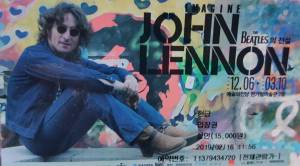 razed Dongdaemun Stadium which then consisted of two structures—one for soccer and track, and the other for baseball. I can picture 35,000 young Koreans gathering there to hear the Beatles do their basic 10-song set. But 1966 in Korea was a time of heavy-handed martial law. President Park Chung-hee took a dim view of mop-top foreigners singing and whooping it up on stage. Even in the mid-1970s, police were making raids on clubs where people dared to listen to live music and dance.
razed Dongdaemun Stadium which then consisted of two structures—one for soccer and track, and the other for baseball. I can picture 35,000 young Koreans gathering there to hear the Beatles do their basic 10-song set. But 1966 in Korea was a time of heavy-handed martial law. President Park Chung-hee took a dim view of mop-top foreigners singing and whooping it up on stage. Even in the mid-1970s, police were making raids on clubs where people dared to listen to live music and dance.
Even less likely would have been a concert in China since Mao Zedong’s Cultural Revolution was just getting underway.

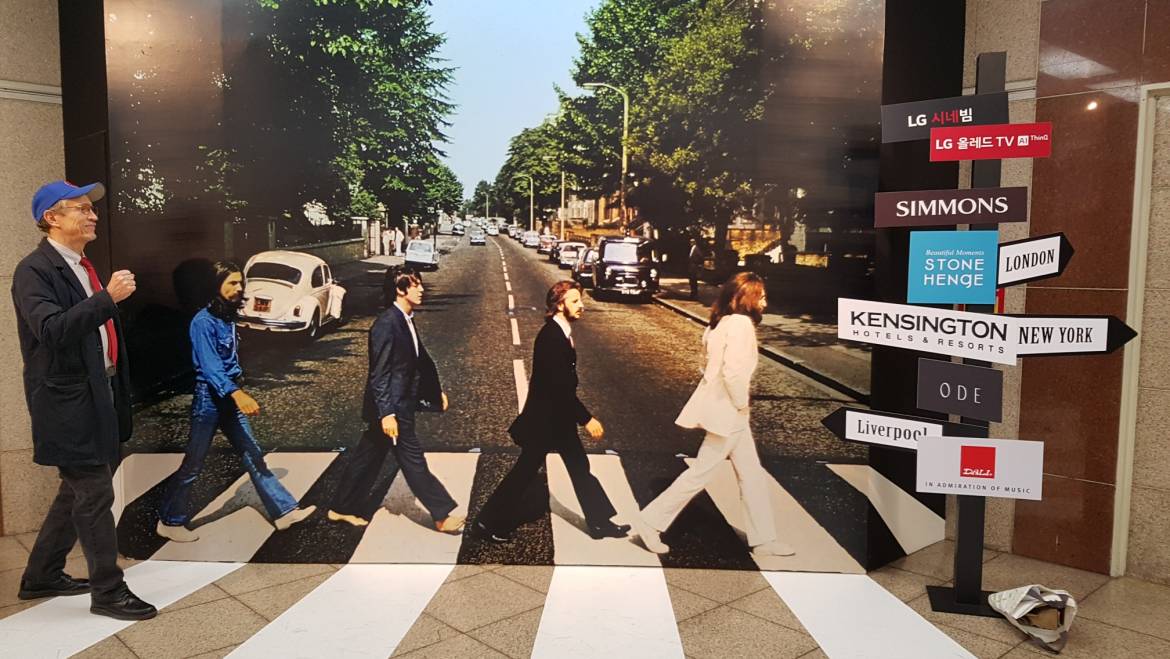
2 Comments
I never knew that, big Bro! We Filipinos are known for hospitality and it was such a dismay that our visitors were treated that way!
That time, the Marcoses and his cronies were so influential and powerful they do whatever pleases them.
Thank you for this informative write up. Glad to learn what has transpired through this.
Keepnit up Rich!!
That situation in Manila got a bit out of hand, but I find it somewhat amusing about the Beatles having to carry their own bags from the hotel, to the airport, etc. Hahaha!!
Add Comment